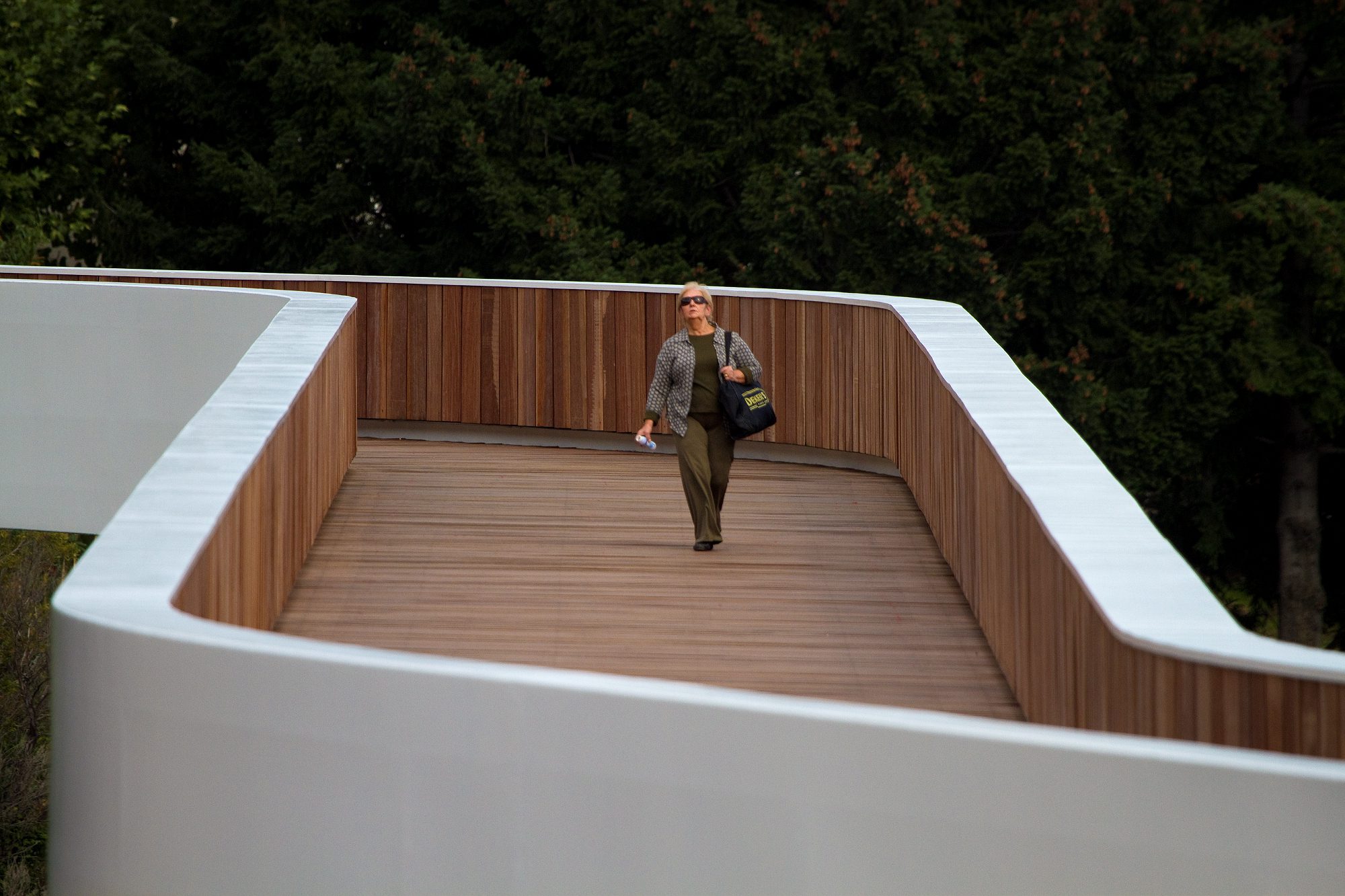Prestigious Portuguese architects have left their imprint on the city landscape, connecting different areas and improving the life of local community. No wonder that this city with challenging multi-layered topography has many elevators that facilitate mobility within the urban space. Ideal for both locals and visitors.
Up & Down
Elevator of Goldra Park
The sloped lift in Covilhã's Goldra Park was inaugurated in September 2013 and immediately became another important element in the city's mobility plan. It makes the connection between Goldra Park and Rua Avila e Bolama, facilitating access to the University. It has capacity for 11 persons, as well as an inclination of 32º.
Elevator of Santo André
Opened in March 2009, this lift has a panoramic cabin with capacity for 8 persons. This is a fantastic way to get to the University of Beira Interior. It has an inclination of 29º.
S. João de Malta Funicular
Offering a splendid view, this funicular is free to use since 2013, with a curvilinear route, a length of 200 metres and a gradient of 72 metres. It connects the traditional Bairro do Rodrigo, Rua Mateus Fernandes to the square São João de Malta.
Elevators of the Public Garden
Opened on 25th 2015, the elevators of the Public Garden were created within the scope of the Pedestrian Mobility Plan of the city. The architectural project was carried out by Atelier Arpas, implementing a mobility solution that allows, along with Carpinteira Pedestrian Bridge, the connection between Penedos Altos neighbourhood with the city centre of Covilhã.
Design Bridge
The city of Covilhã has beautiful ancient streets that will lead you to amazing places! But you will also find surprising spots like design ward-winning pedestrian bridge designed by prestigious Portuguese architect Carrilho da Graça. Travel + Leisure magazine considered this bridge one of the most interesting design spots in the world! The Lisbon-based minimalist architect João Luis Carrilho da Graça’s walkway zigzags high above the Carpinteira river valley. It is one of Portugal’s most impressive pedestrian bridges.
The sinuous and segmented design of the bridge winds above the valley, along a distance of about 220 m. The central bay takes the perpendicular to the line of the valley. The tensioned geometry of its layout interferes with visual orientation and with the perception of dominating heights of “Serra da Estrela”, on one side, and the vastness of Cova da Beira, on the lower side.








